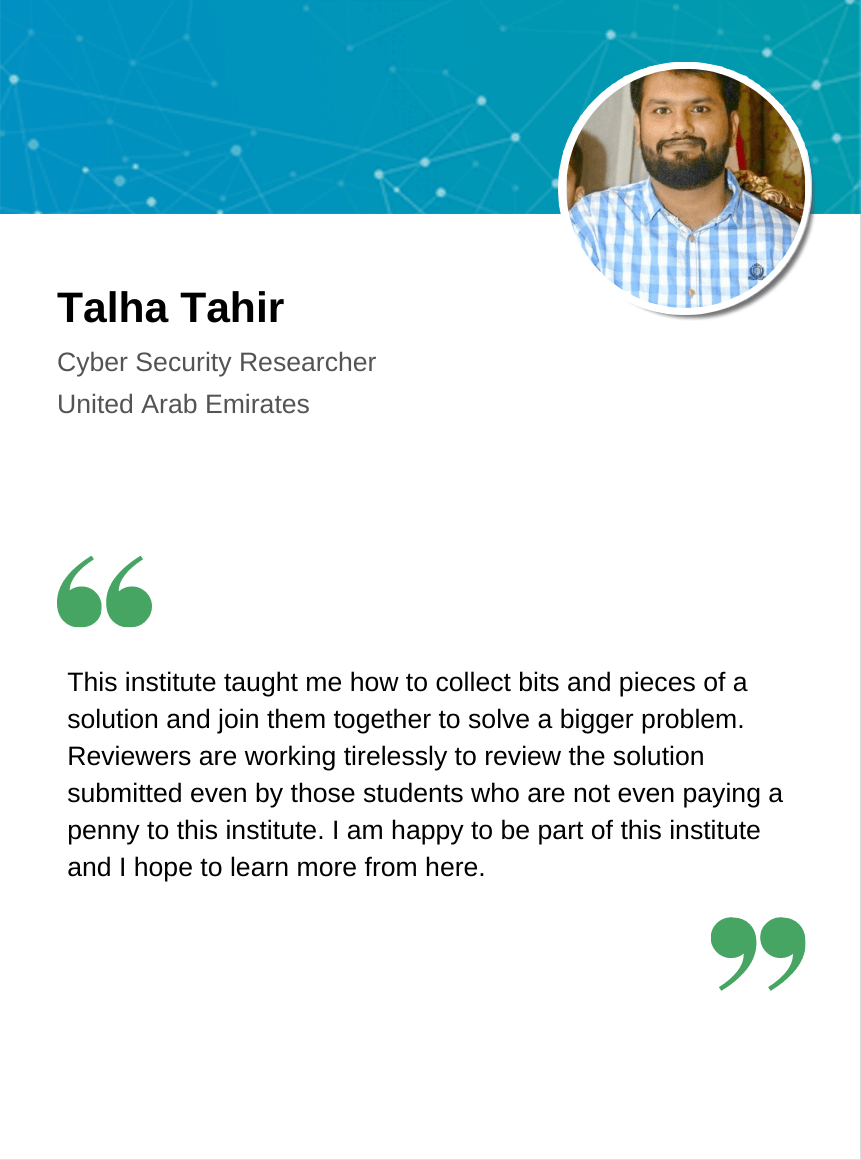MCSI #018: Learn how to create trust and collaboration in cyber security with Active Listening
Contents
MCSI #018: Learn how to create trust and collaboration in cyber security with Active Listening#
The field of cyber security requires a great deal of teamwork and communication, and often requires working with others who have varying levels of technical expertise. These challenges can be daunting, but one of the most effective tools to tackle them is Active Listening. Active Listening will help you build trust, develop better relationships, and improve collaboration. In this newsletter, we will explore how Active Listening can help you become a more effective cyber security professional.
The Process of Communication#
“People’s problems are like onions—they come in layers. Only after the outside layers are peeled off do they get down to the core problem. Sometimes people know what the real problem is but are afraid to start there; more often they are not even aware of what is underneath.” Dr. Thomas Gordon
Thomas Gordon created a simple model to explain the process of communication:

Effective communication can be broken down into four key steps, each represented by a box. The first step is the speaker’s process of identifying the hidden meaning of what they wish to say. The second step involves selecting words to express this meaning. As the listener, you only have access to these words. The third step is your attempt to understand the words that were spoken. Finally, you try to uncover the hidden meaning behind the words.
Any breakdown in communication can occur at any of these stages (see the red arrow). For example, the speaker may not properly identify their hidden meaning, select the wrong words, or the listener may misunderstand the words or meaning. One of the goal of Active Listening is reducing the risk of misunderstanding.
The Four-Sides Model#

The four-sides model is a communication model that emphasizes the different dimensions of communication. It was developed by Friedemann Schulz von Thun and highlights the four different aspects or sides of any communication: factual, self-revealing, relationship, and appeal.
The factual side is the straightforward information conveyed in the message, while the self-revealing side is the hidden message, such as the speaker’s feelings, emotions, and attitudes. The relationship side is the message that conveys the nature of the relationship between the speaker and the listener, while the appeal side is the intended outcome or request conveyed in the message.
When you understand the four-sides model of communication, you can recognize that communication is more than just the words you use. It enables you to consider multiple perspectives involved in any conversation, including your thoughts and feelings, the words you choose, how the other person interprets them, and the context of the conversation. By being mindful of these different factors, you can become a better communicator and avoid misunderstandings or conflicts.
Active Listening#
“We think we listen, but very rarely do we listen with real understanding, true empathy. Yet listening, of this very special kind, is one of the most potent forces for change that I know.” Dr. Carl Rogers
Active listening is a communication skill that involves fully focusing on, understanding, and responding to a speaker in a way that demonstrates genuine interest and comprehension. The primary goal of active listening is to create a deeper connection and understanding between the listener and the speaker, fostering empathy and promoting effective communication.
To practice active listening, follow these steps:
Give your full attention: Remove distractions, make eye contact, and avoid interrupting the speaker. This shows respect and helps you absorb the information being shared.
Be patient: Allow the speaker to finish their thoughts without rushing or finishing their sentences for them. Give them time and space to express their ideas completely.
Show non-verbal cues: Use facial expressions, nods, and gestures to convey your interest and understanding. This encourages the speaker to continue and helps build rapport.
Paraphrase and summarize: Restate the speaker’s main points in your own words to demonstrate that you’ve understood the message. This also gives the speaker a chance to clarify any misunderstandings.
Ask open-ended questions: Encourage the speaker to elaborate on their thoughts and feelings by asking questions that require more than a simple ‘yes’ or ‘no’ answer.
Avoid judgment and advice: Focus on understanding the speaker’s perspective without imposing your own opinions or solutions. This creates a safe space for open dialogue.
Provide feedback: Offer your thoughts and perspectives in a respectful and constructive manner, ensuring you’ve fully understood the speaker’s message before sharing your own ideas.
Active Listening in Cyber Security#
“Communication is the key to success; active listening is the door to understanding.” Benjamin Mossé
As a cybersecurity professional, active listening is essential for building trust and fostering collaboration within your team and with clients. By engaging in active listening, you demonstrate genuine interest in their concerns, ideas, and feedback. This creates an environment where your colleagues and clients feel valued, understood, and more willing to work together to address security challenges.
For instance, when discussing the impact of a new security policy on the workflow of your team members, actively listening to their concerns and suggestions allows you to better comprehend their perspectives, leading to more informed decisions and a smoother implementation process.
Active listening also plays a significant role in successful client interactions. When discussing their security needs, actively listening to the client’s concerns and goals allows you to tailor your solutions and recommendations more effectively.
For example, when a client shares their worries about employees falling victim to phishing scams, taking the time to fully understand their workforce’s specific needs, and training gaps will enable you to provide targeted advice and strategies to raise awareness and enhance their security posture. In turn, this helps to establish trust, as the client can sense your genuine commitment to their well-being and the safety of their team, leading to stronger, long-lasting professional relationships and successful collaboration.
Where to go from here?#
As you embark on your journey to improve active listening in cybersecurity, start by setting a short-term challenge for yourself. For the next week, during all your conversations with colleagues, make a conscious effort to focus on actively listening. Listen without interrupting, ask open-ended questions, paraphrase their statements to ensure understanding. This exercise will help you start to internalize the skills needed for effective active listening.
At the end of the week, take some time to reflect on your experiences and assess any improvements in communication and collaboration within your team. Did you notice an increase in trust or a more efficient exchange of information? Keep refining and practicing your active listening skills, as they are essential for fostering trust and enhancing your cybersecurity efforts. Remember, the more you practice, the better you become at understanding and addressing the human aspect of cybersecurity.
When you’re ready this is how we can help you#
As an MCSI student, you have a unique opportunity to practice active listening skills while working on exercises. Begin by carefully reading the specifications, paying close attention to the details, and then internalizing the deep meaning and goals behind each exercise. If you have any questions or need clarification, engage with the MCSI community on Discord. By doing so, you’ll not only enhance your learning experience but also build valuable active listening skills that will benefit your future cybersecurity endeavours. This practice will help you become a more effective communicator and problem solver, ultimately leading to better results in both your MCSI coursework and your professional career.

